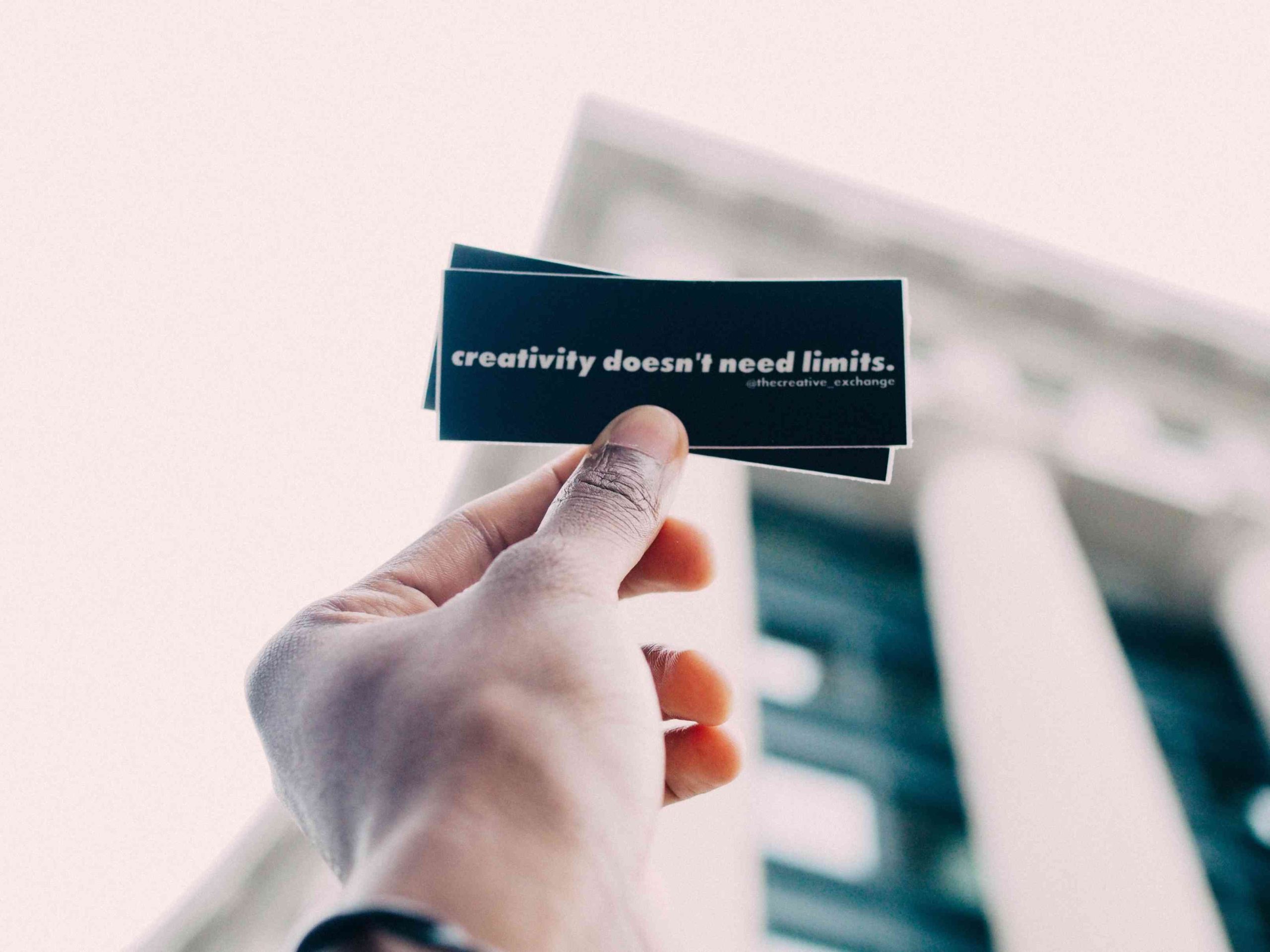
What does it take to become better at producing creative output? Is it by spending an enormous amount of time and effort, pouring every ounce of perfection, to craft that single beautiful piece of output? Or is it by churning loads of content continuously over a period of time, without worrying about quality? I have been dwelling on this question for a very long time. After all, there are people who tasted success, by taking both the approaches. But which of these approaches are strong determinants of success?
Equal Odds Rule
In 1977, a Harvard-trained psychologist named Keith Simonton studied many scientists, the research papers they published and their quality/impact. He then developed a theory that he called the Equal Odds Rule. According to his theory, the average publication of any particular scientist does not have any statistically different chance of having more impact than any other scientist’s average publication. Or to put in a different way, the chances of creating a game-changing piece of work are the same as the chances of creating an average piece of work. He found that many scientists couldn’t predict the success of their own work and instead just went about publishing their work.
Maestro Ilaiyaraaja & ‘Flow’
This reminds me of Indian composer Ilaiyaraaja. For people who don’t know him – Maestro Ilaiyaraaja composed music (songs and background scores) for over 1000 films between 1976 and 2020. During the 1980s to mid-1990s – widely regarded as his peak-phase – he pretty much averaged scoring music for almost 1 film per week. That’s composing at least 5 songs and scoring the background music for at least 55-100 mins of movie footage.

It is now well-known that he had this uncanny ability to compose the score, arrange it and record it – all in a matter of a few hours. While he composed hundreds of outstanding compositions in this phase, what I can relate to here is the fact that Ilaiyaraaja took the 2nd approach – of simply letting out his creativity without having filters. You may argue that he is an exception given that he was able to hit both – quantity and quality. But if we keep the subjective lens of quality aside for a minute, the data objectively points to the fact that he was producing a staggering number of music albums unhindered. And millions of people loved a majority of that output, thereby making him a demigod. Ilaiyaraaja never set out to create masterpieces. He only allowed his creativity to blossom because he enjoyed the craft and explored it deeply. (I think) He experienced ‘flow‘ in making music and all he cared about was just that. The outcome was that he ended up being the most prolific composer in India with a significant number of his works turning out to be masterpieces.

Target ‘flow’ through quantity
What I took away from Ilaiyaraaja’s life is that – to master any creative art or effort, it is important to focus on quantity, in addition to quality. If you are gifted or talented like Ilaiyaraaja, you might be able to hit both – quality and quantity at the same time. If not, quality will eventually follow quantity. Instead of focusing on creating a few perfect pieces, it might be better to focus on creating a vast portfolio of output, because we never know what the masterpiece might actually be. Investing time and effort towards generating more creative output will lead to flow, quality and mastery (in that order). The best strategy is to produce as much work as possible so that we can increase the chances of hitting the bullseye and creating something meaningful.

Use feedback and a system to create more
A key aspect we need to keep in mind as we try to maximize creative output is ‘feedback’. Producing more creative output frequently leads to better cognitive flexibility and sharing the creative output with the world (or any specific network) opens doors to feedback. This helps us improve our next outputs. Last year, I read about the concept of Minimum Viable Creativity (MVC) – coined by writer Ryan Mulholland. MVC is defined as ‘the creative process that allows you to produce quicker and collect the maximum amount of validated learning from your audience, with a lower barrier to production’. Essentially, this translates into having an efficient system that facilitates the steady production of creative output so that you get consistently better at it. The question is: How do we build that system?
to be continued…
